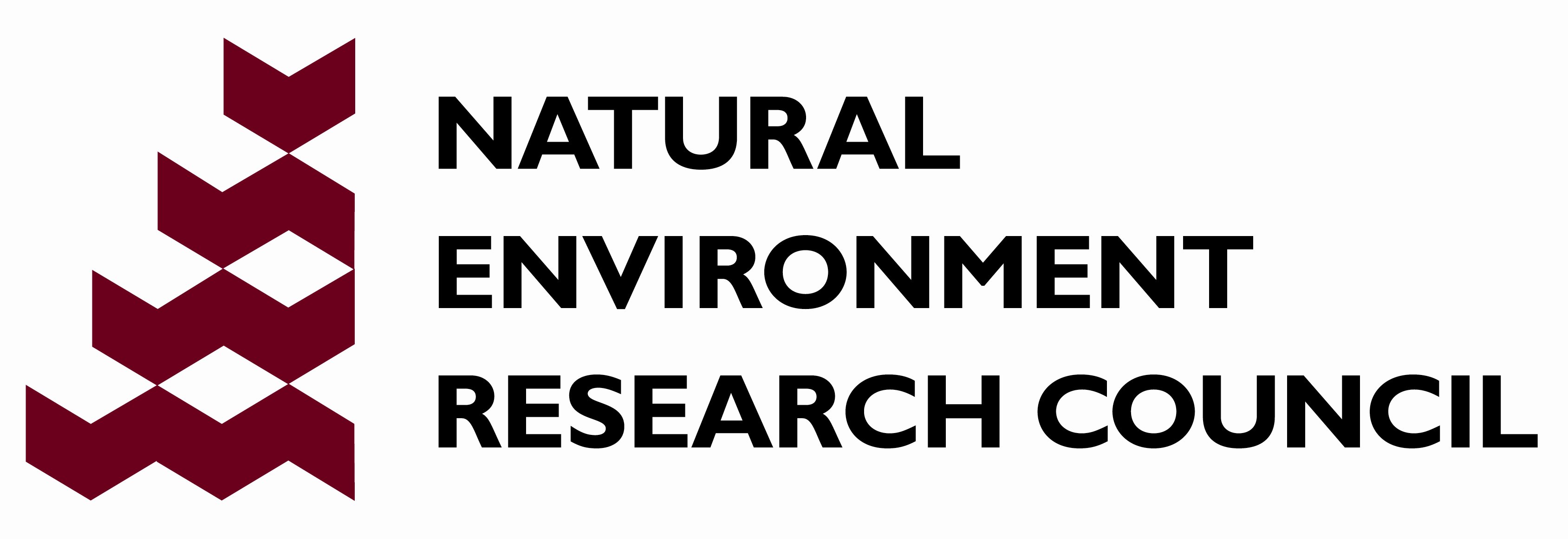Supporting safer self-recovery after disasters
Poorly constructed buildings are often the largest cause of injury, trauma, death, infrastructure damage and economic cost in a disaster. The vast majority of families ‘self-recover’: they rebuild their homes with little or no external support. As a result, reconstructed houses often exhibit the same vulnerabilities in terms of poor building practice and hazardous siting.
ODI has partnered with CARE International UK, University College London (EPICentre) and the British Geological Society in an interdisciplinary collaboration of social scientists, geoscientists, structural engineers and humanitarian practitioners, to promote safer, more resilient reconstruction of housing after disasters. The programme focuses on understanding and supporting people’s self-recovery choices and efforts.
The first phase of the work (2016-17) was funded by the UK Government’s Global Challenges Research Fund (GCRF) through the Natural Environment Research Council. It looked at self-recovery and effective ways of promoting safer building after disasters in rural contexts. Initial fieldwork was undertaken in 2017 in Nepal (visiting communities affected by the 2015 Gorkha earthquake) and the Philippines (communities affected by typhoons Haiyan, 2013, and Haima, 2016).
A second phase (2017-19) is currently underway, funded by the GCRF through the British Academy. It looks at self-recovery in an urban context, again using the Gorkha earthquake and Typhoon Haiyan as case studies. Fieldwork is being carried out in April and June 2018, with publications expected in the autumn.
Staff
-
Emma Lovell
Research Fellow
-
John Twigg
Principal Research Fellow




